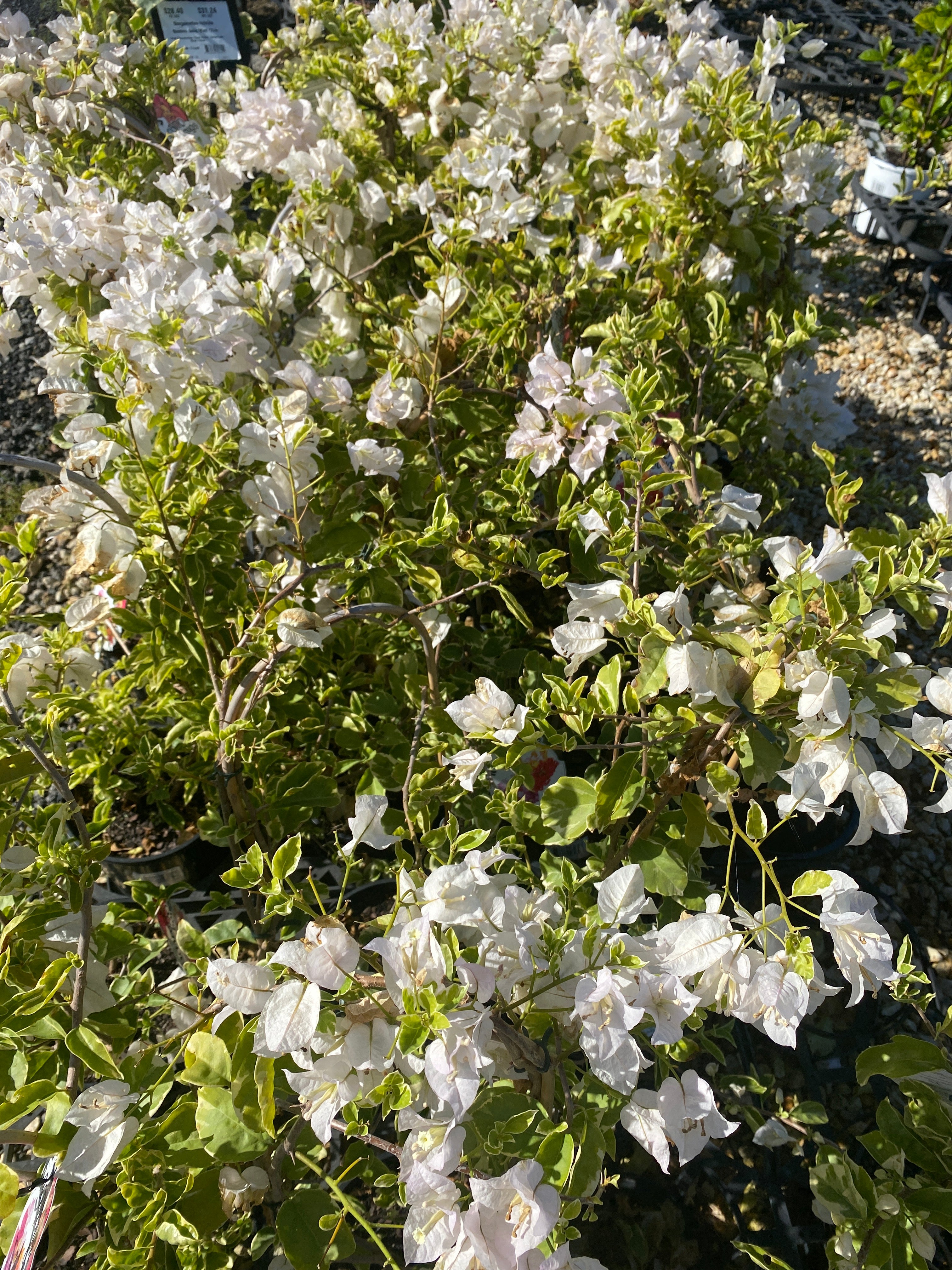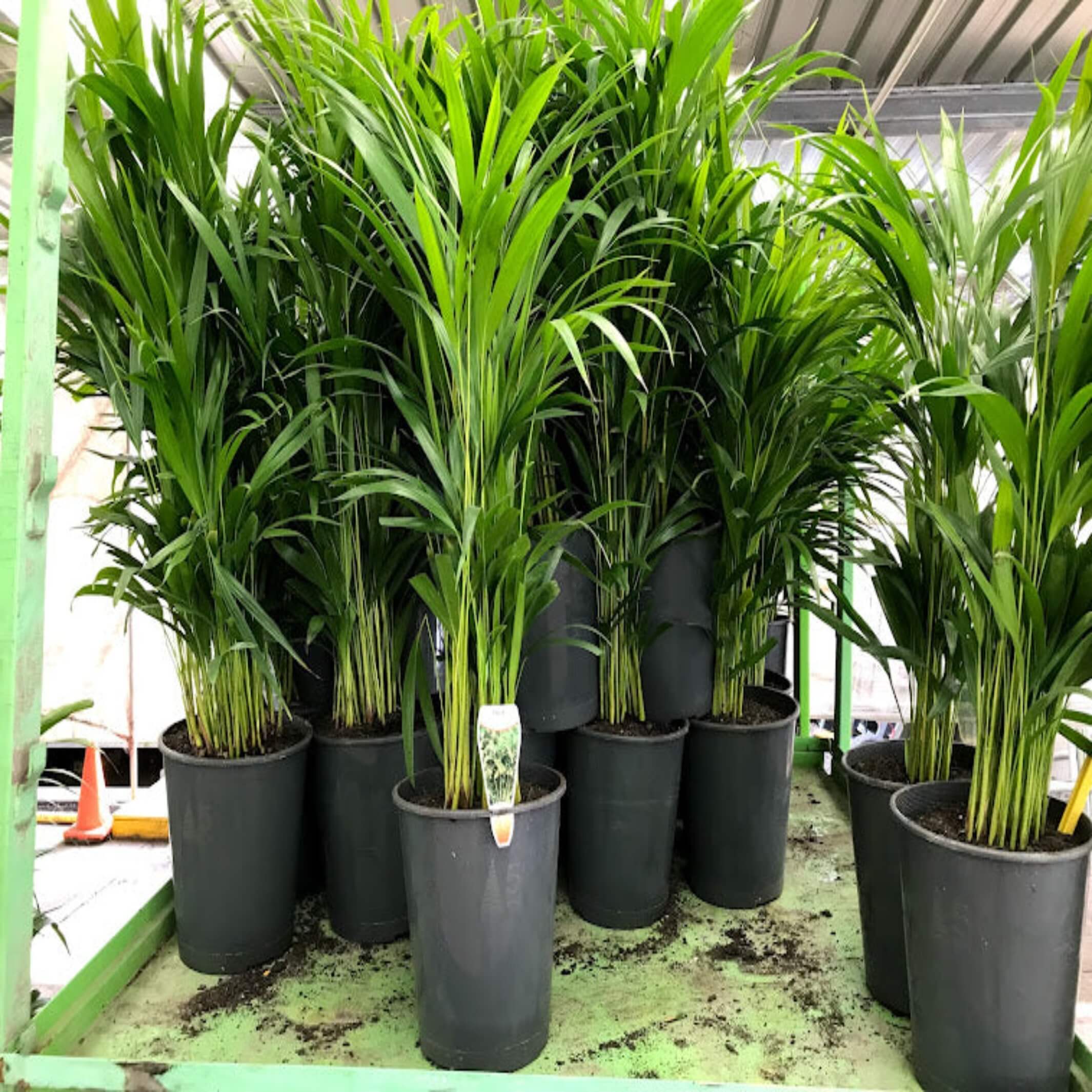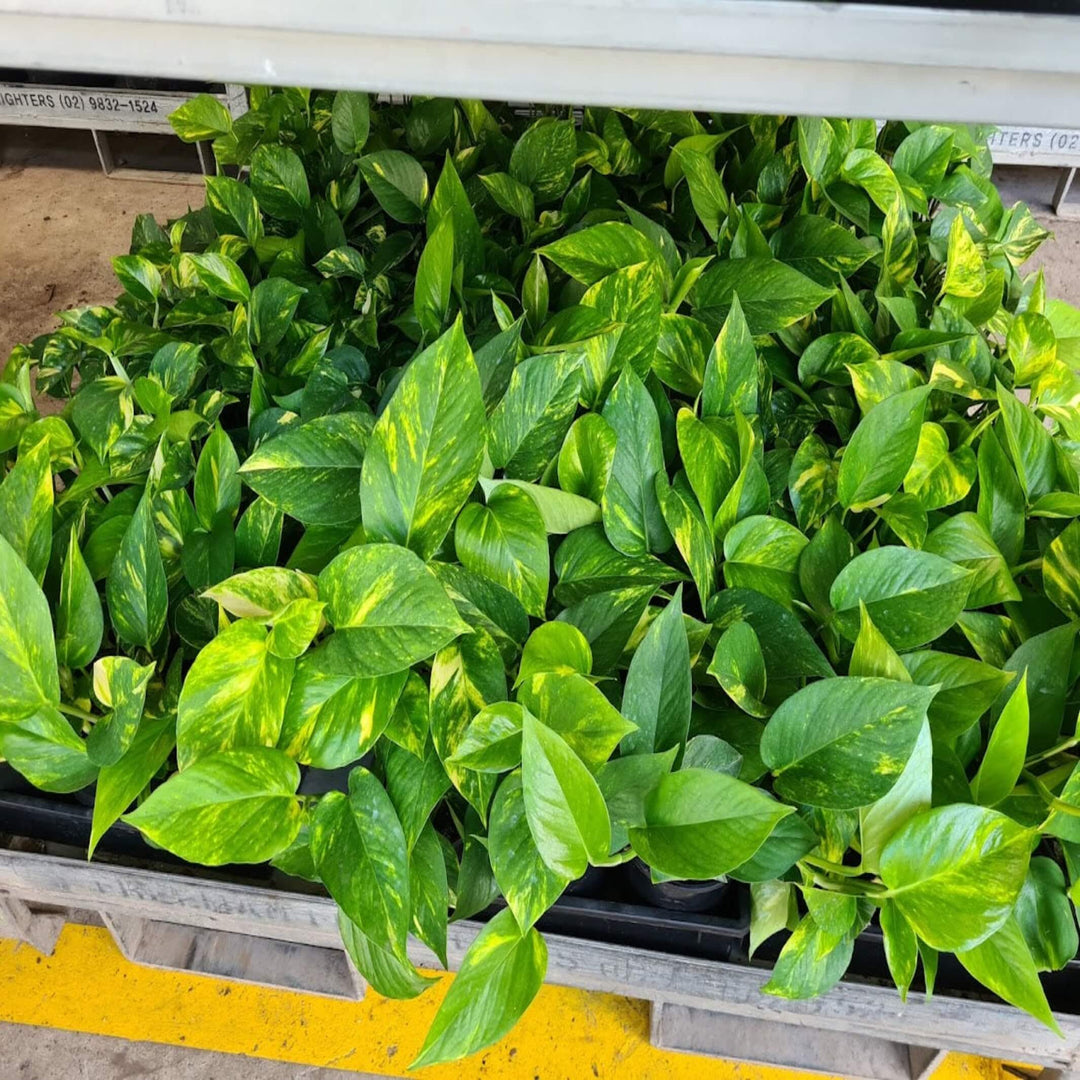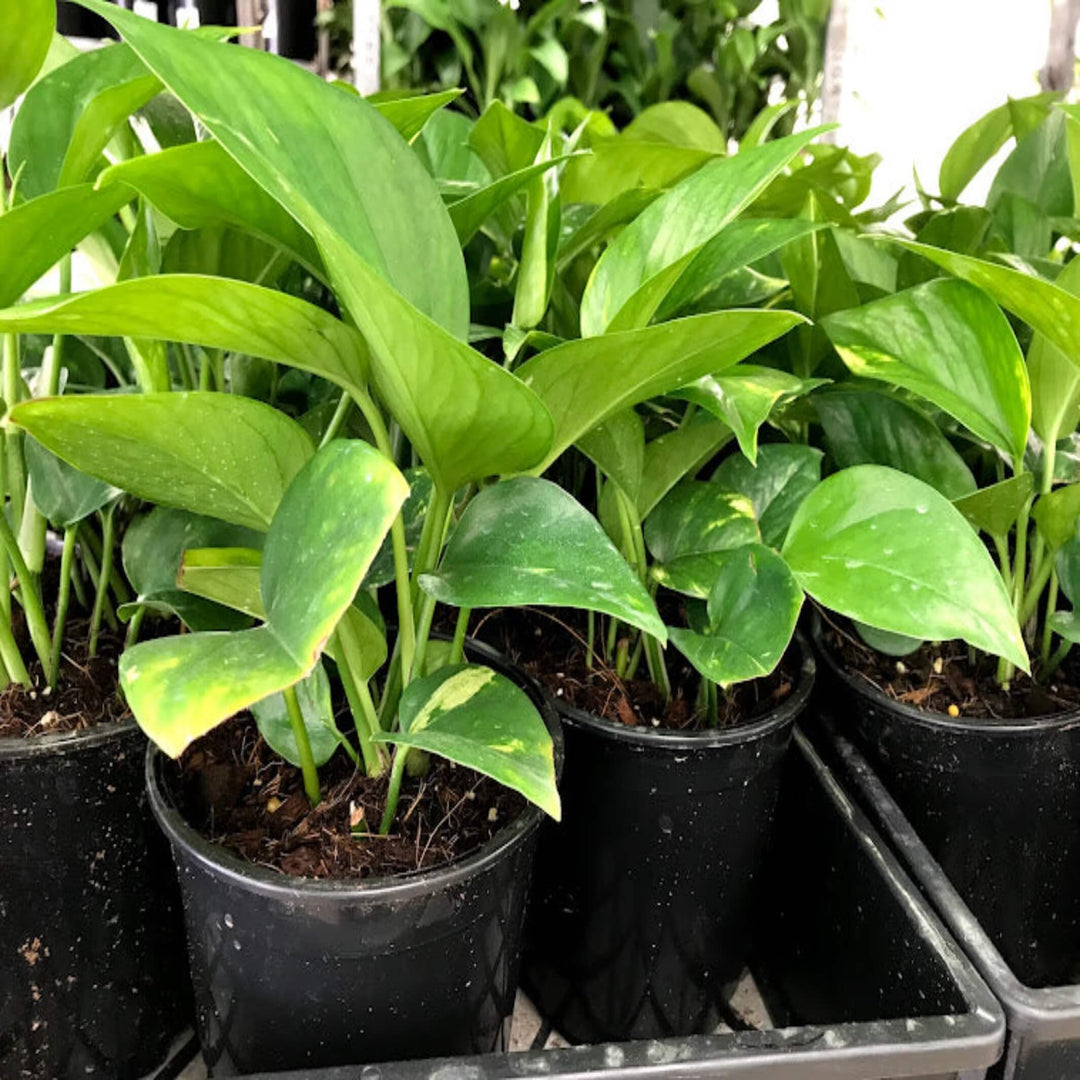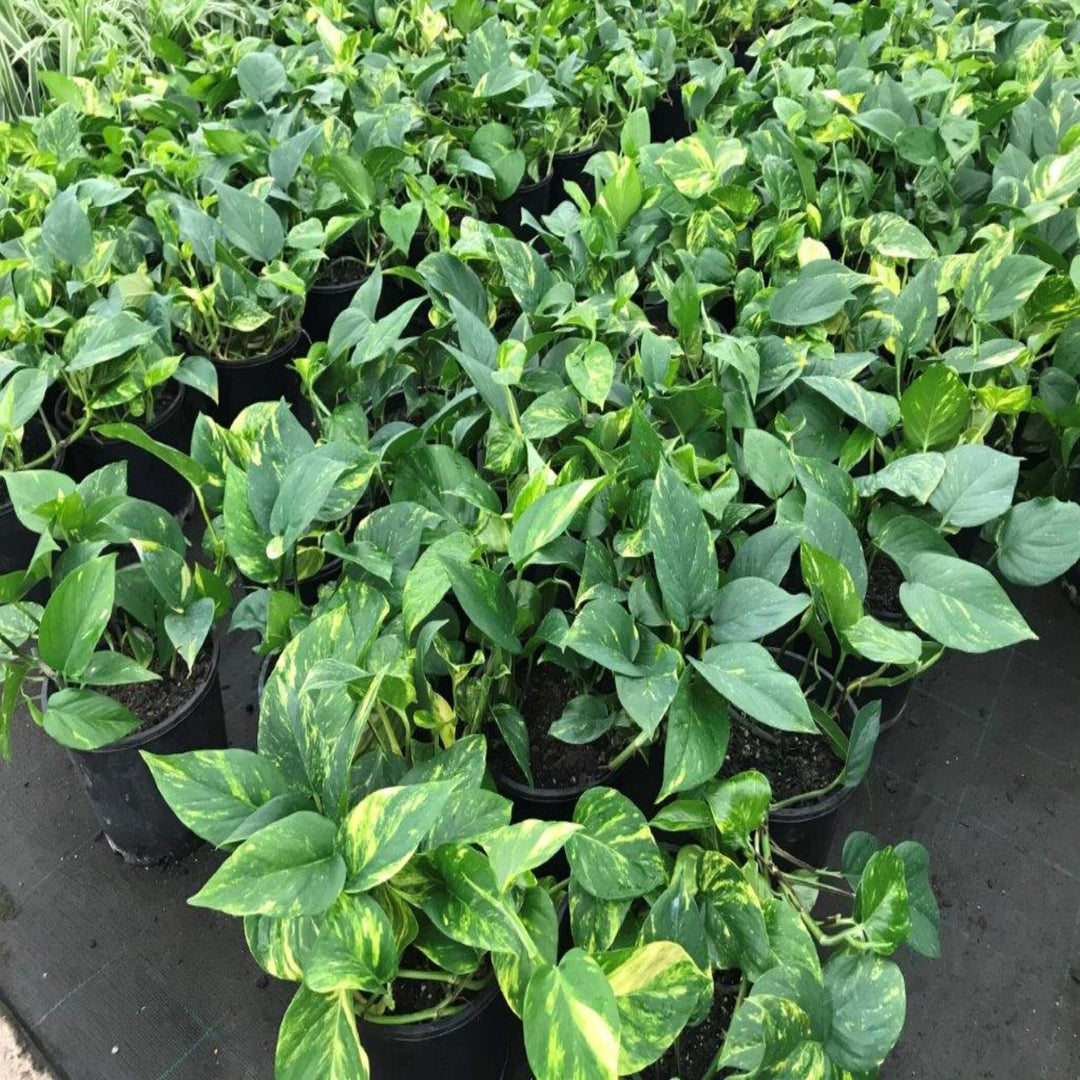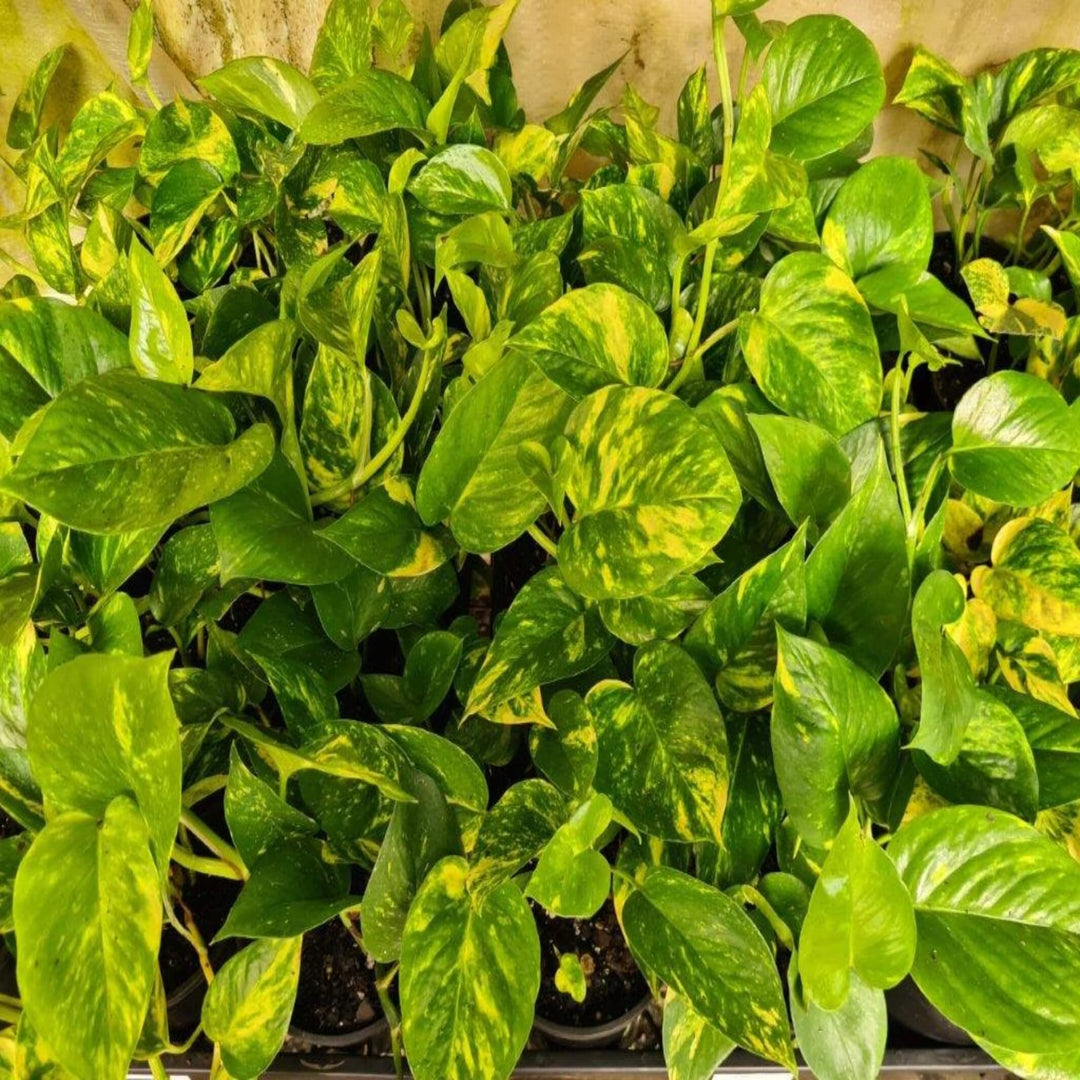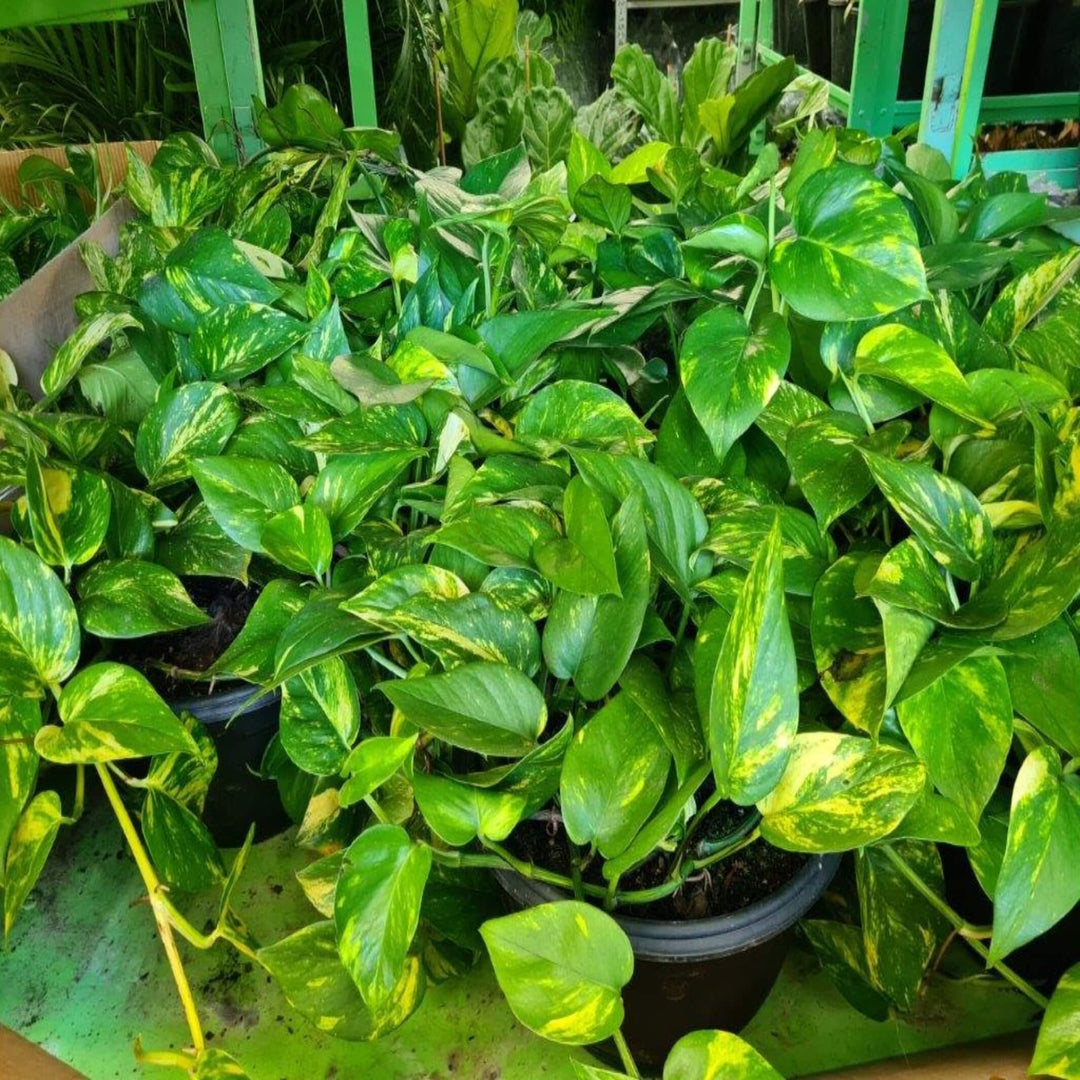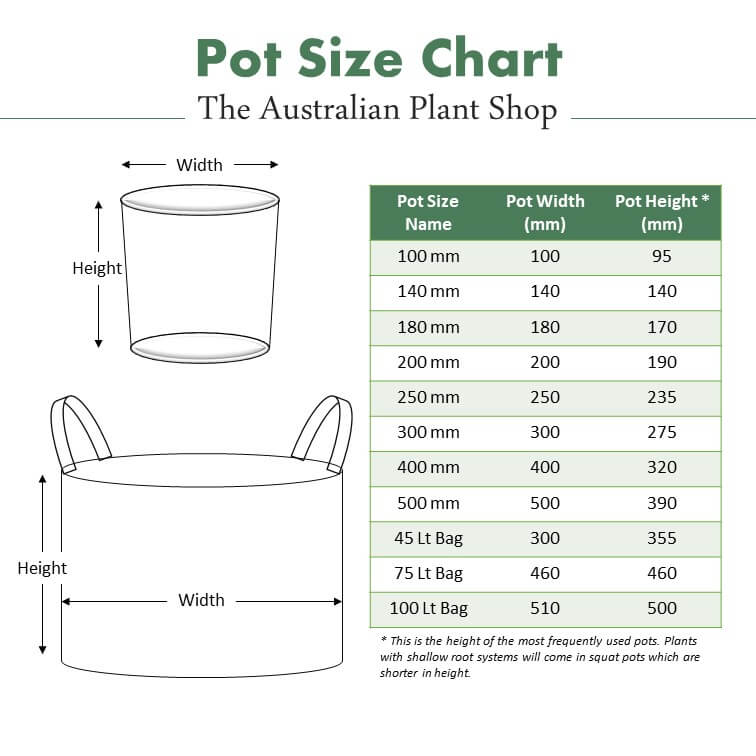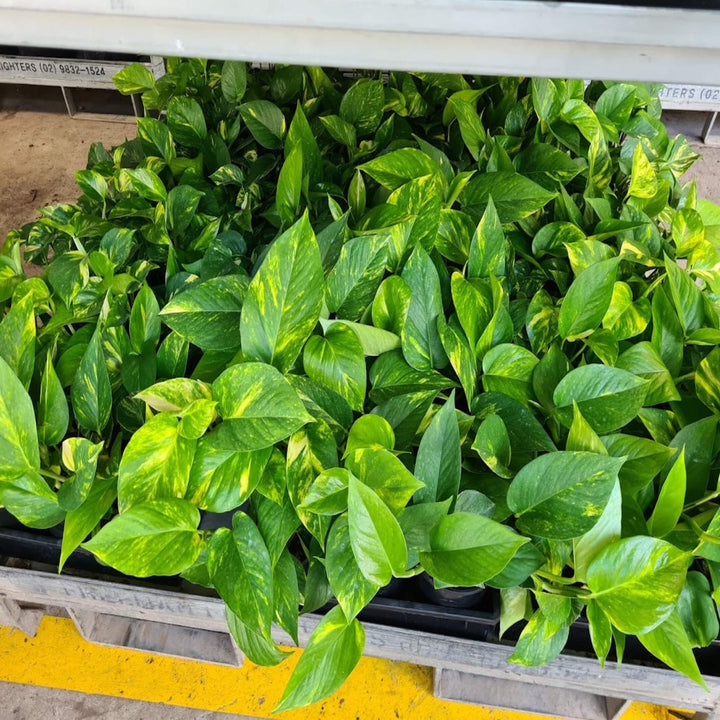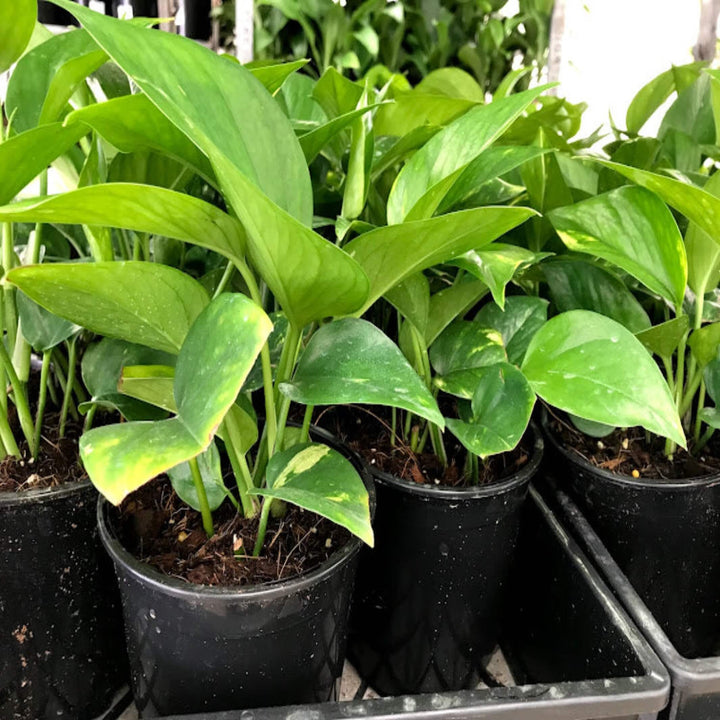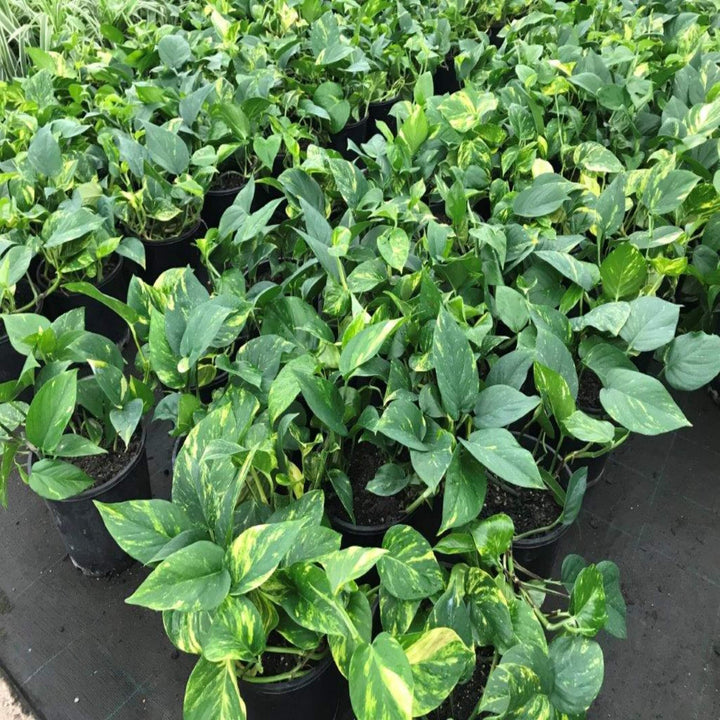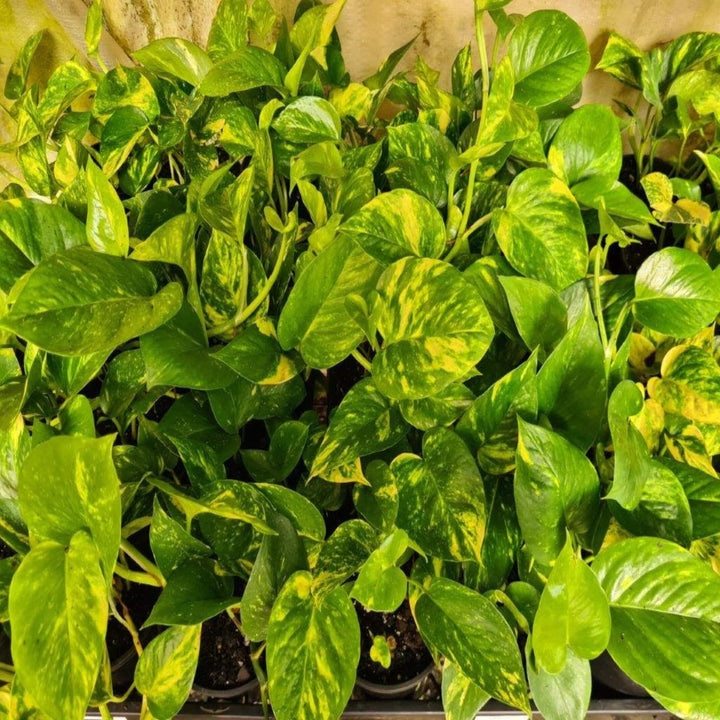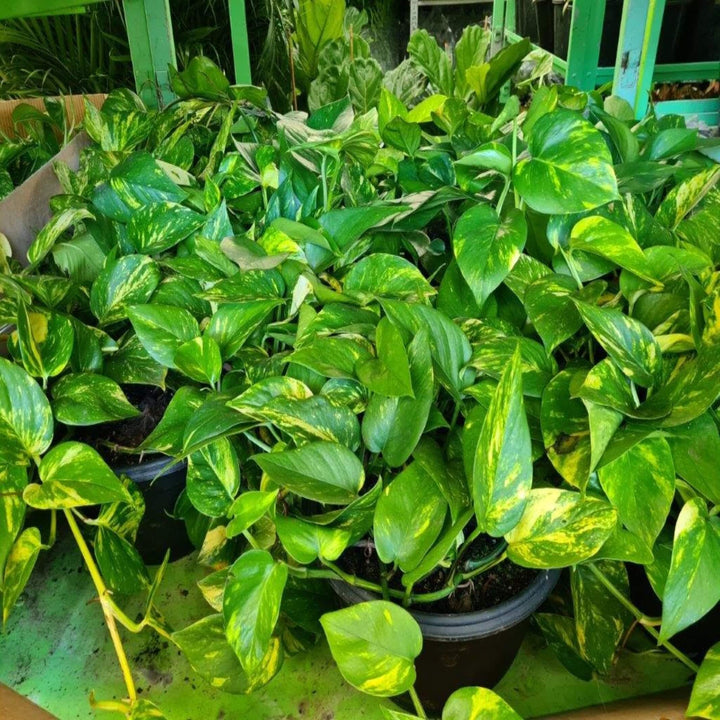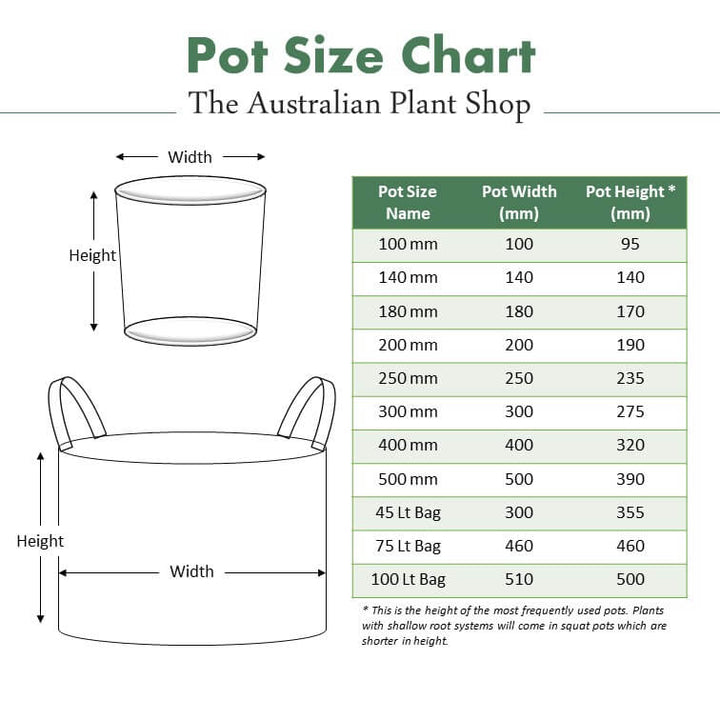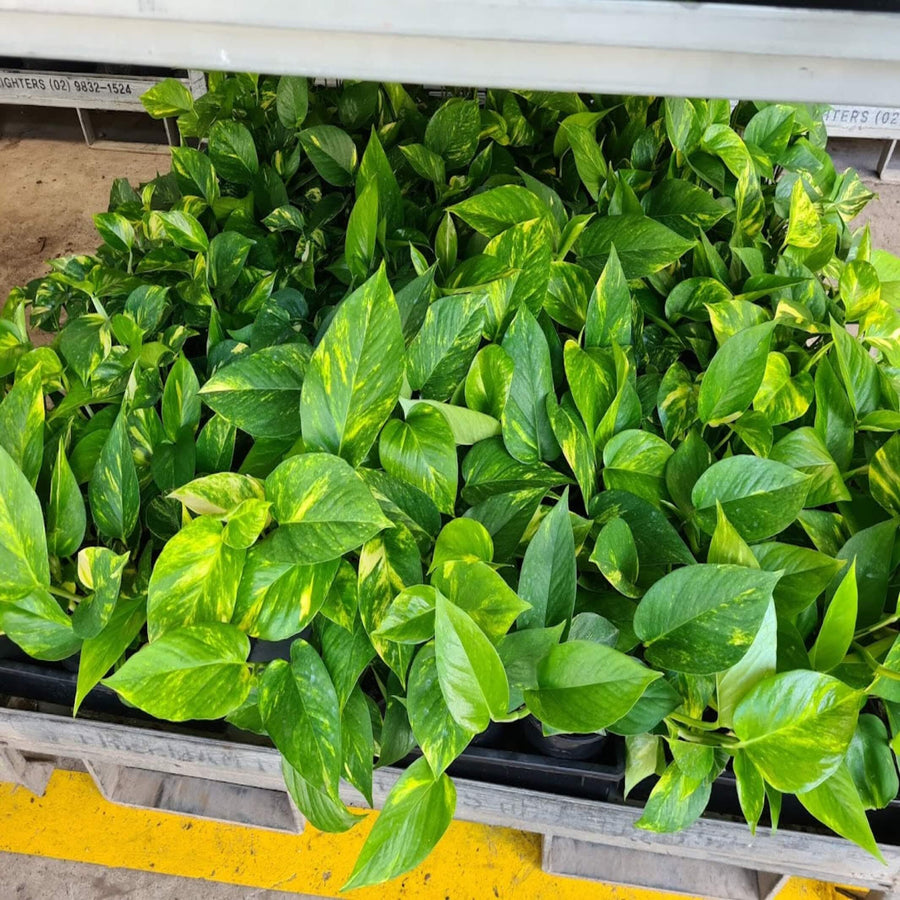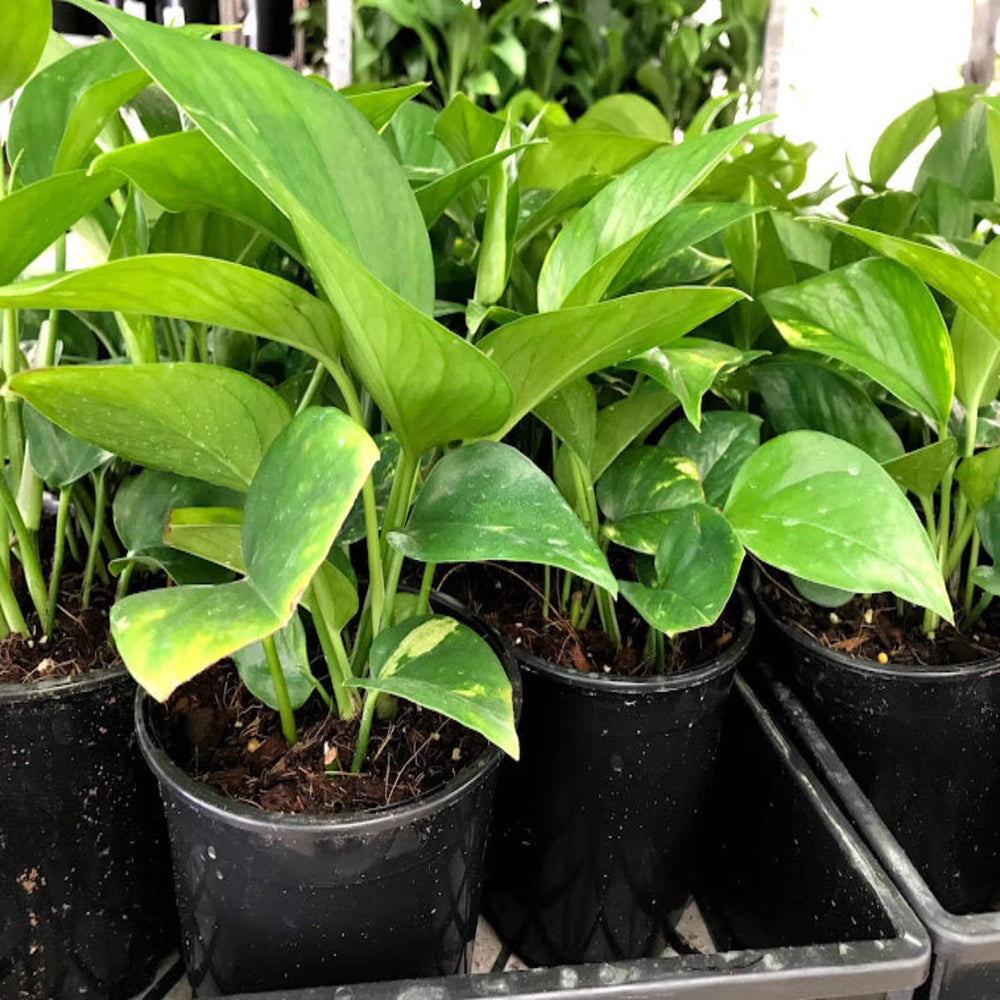Pothos/Devil's ivy
Pothos, also referred to as Devils Ivy, is a tropical grape variety with glossy heart-like flowers that usually display golden-colored or yellow-variegated flowers. It has become a great houseplant to grow.
What you need to know about devil's ivy
Name: devil iris, gold pothos, Epipremnum auréum. Cultivars are Aquarium, Snow Royal, and Emerald Queens. Height and spread may reach 4 to 6 meters. As an emerging species, the foliage varies dramatically depending on the species. Climate: originates from tropical and temperate climates and can thrive in most environments. Soil: Light, porous aerations and well-drained soil are needed for preserving moisture in roots but not soaking. Position: Grows very well in a full or partly shaded environment.
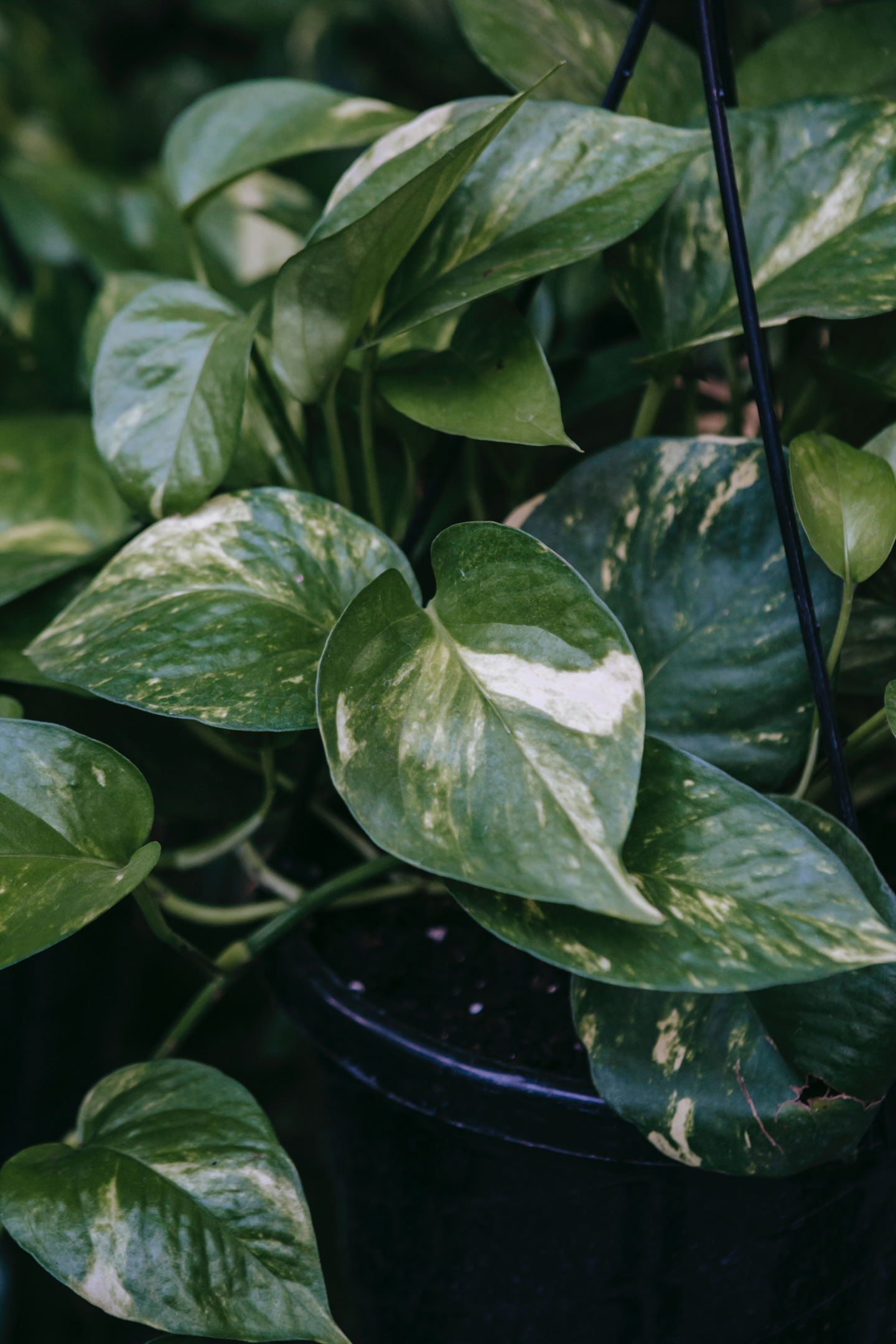
Pothos/Devil's ivy fast facts
Part of the Araceae aroid family closely related to the Giantae and the philodendrons, both species of "Epipremnum" and " Scindapus " have been found in northern Australia. As rainforest plant species, the trees are often in humid conditions under the canopy of the trees. The Pothos/devil's ivy plants appear as vines, but they also like climbing and use their aerial roots to hang on to other trees when climbing North to seek sunlight. Mature specimens are usually about 30 meters tall and are adorned by huge leaf limbs.
Why is Epipremnum aureum called devil's ivy?
Epipremnum aureum is known as Devil's ivy due to its unbreakable habit that keeps it green despite its dark surroundings. But there's nothing like ivy here. These heart leaf varieties have rounded edges with black or white streaks and stripes.
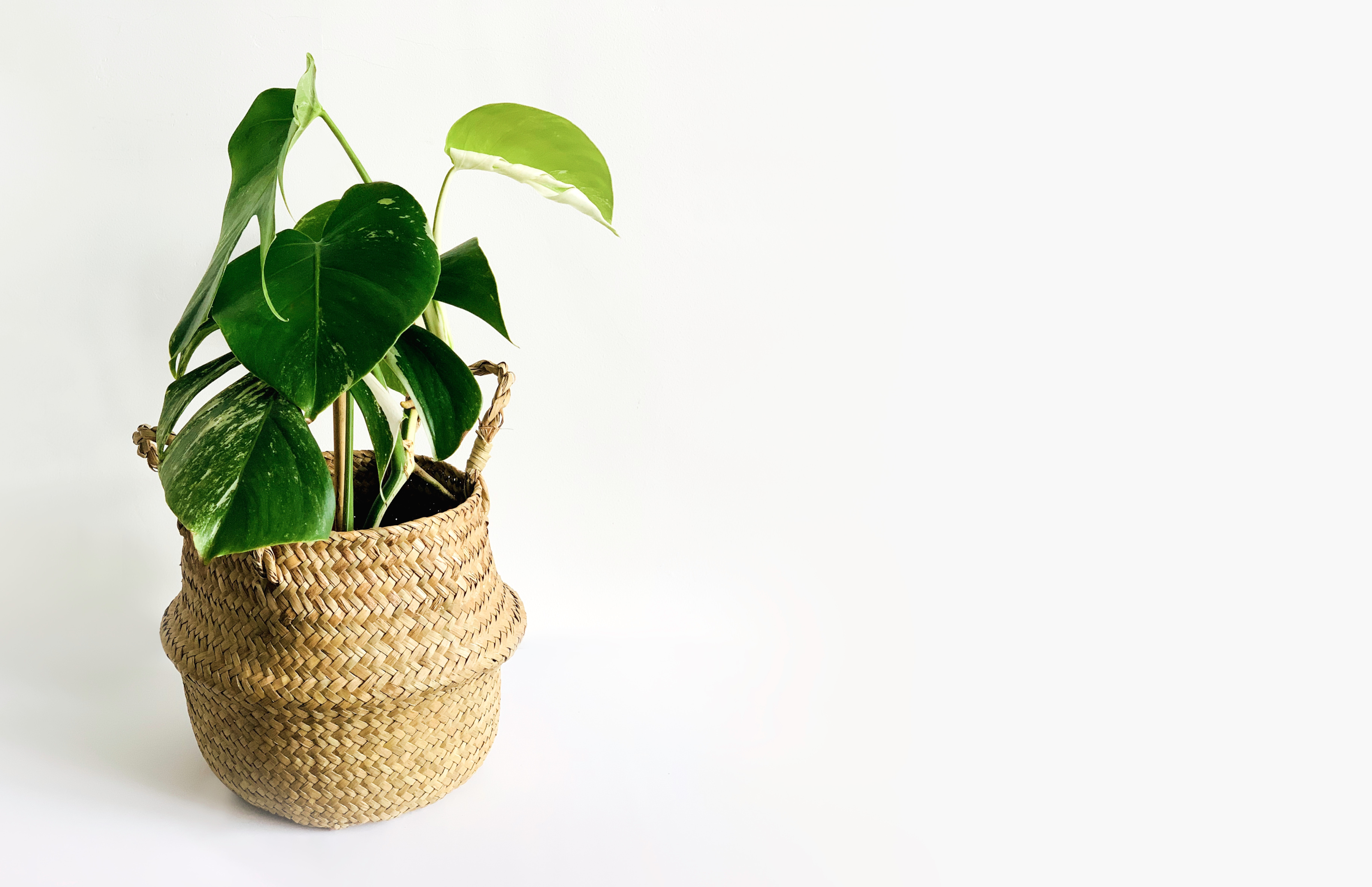
Appearance and characteristics of devil's ivy
It is a lush and hardy plant that survives under minimal light and almost never dies. This perennial trailing berry will survive for the entire year. Surviving in various situations, the ranges of colors are the perfect accent in any enclosed and protected outdoor space. Devils Ivy is cultivated as ground covers in hanging baskets on the floor or inside containers along walls. This shrub will be 6.5 meters in height and reach 20 meters in the wild. Epipomnum species were initially discovered in French Polynesia. They are now acclimatized in subtropical rainforests worldwide.

How do you care for Epipremnum aureum?
Epipremnum comes from a moist rainforest on the Solomon Islands, so they can thrive in warmer areas. Usually, Non-variable varieties may tolerate low light but should still enjoy 4-6 hours of indirect light.
Fertilizers
It contains fertilizer, which can help your plants to start well, but sometimes extra help doesn't help. During the vigorous growing season (spring to autumn), feed your hungry plants with liquid indoor plants fertilizer and feed house plant food every few weeks for increased growth. The fertilizer must be applied every 6 – 12 months to ensure the fertilizer does not dwindle.
Pot requirements
Pothos hates wet feet. Your pot will require proper drainage. Typically, decorative indoor containers have no drainage holes for the protection of the surfaces. All indoor plants should be placed in nursery pots before swiveling them into decorative containers or baskets. So that you can water your garden faster and let it cool off quicker.
Watering
Never over water! This will not be a helpful solution for soggy soil so leave the soil in a dry place between watering. It is recommended that you put your fingers on the potting mix until your first knuckles are pressed out. When it feels dry, stop watering it. If it's wet, you need a drink. Remove the pothos from the decoration pot and take it outside to the bathroom (the bath is also helpful). Let the mix dry thoroughly if water leaks out of a drainage hole. It should then be properly drained before putting it back into its decorative container indoors.
Diseases and pests
Devils' ivy is a resilient insect and disease-resistant species, and most problems relate to the soil. Other complications can occur from bacterial infections like root rot and leaf spots caused by excessive over-watering. Limps and curled foliage are caused either by fluctuations in temperature or cold air below 10 degrees Celsius or water shortages. Spider mites and mealy bugs are important problems, but these can quickly be addressed by spraying foliage with garden pesticides. Repeat for 2 weeks to totally eradicate problems.
Frequently asked questions
How and when to prune devil's ivy?
Trimming down trailing stems is crucial to improving pothos plants' shape and controlling it. For the best results, cut off the stem of the tree, leaving an intact stem at the end. Yellow leaves are commonly caused by over-watering and are easily removed by folding them back to snap.
What is golden pothos good for?
NASA has listed Golden Pothos in its air purification list. It removes all these chemicals. NASA researchers found it was one of the most useful indoor plants to eliminate toxic substances.
Is Devil's Ivy a good indoor plant?
Devils Ivy makes an ideal addition to any garden collection. The vine was one of the most popular indoor plants for decades, not just because of the ease of growing but because the vines could be formed for the inside of your home.
Does Devil's Ivy need sunlight?
The plants grow nicely in full or partial shade in outdoor areas. Devil's Ivy thrives in a brighter light in indoor conditions but grows even in low light.
Light requirement: Bright indirect sunlight, Medium indirect sunlight, and Low light tolerant
Water requirement: Medium
Watering frequency:
Soil: Well draining
Skill level: Intermediate
Growth rate: Intermediate
Suitable for containers: Yes
More info:
External links to more info:
Drought tolerance: Medium
Frost tolerance: Low
Wind tolerance: Low
Disease and pest susceptibility:
Mature height:
Mature width:
Suitable for shaping: No
Colour: Green with yellow markings
Variegation: Yes
Size: Large
Seasonality: Evergreen
Flowering: Yes; but primarily grown for it's foliage
Flower colour:
Flower fragrant:
Flowering season:
Fruit: Insignificant
Let customers speak for us



